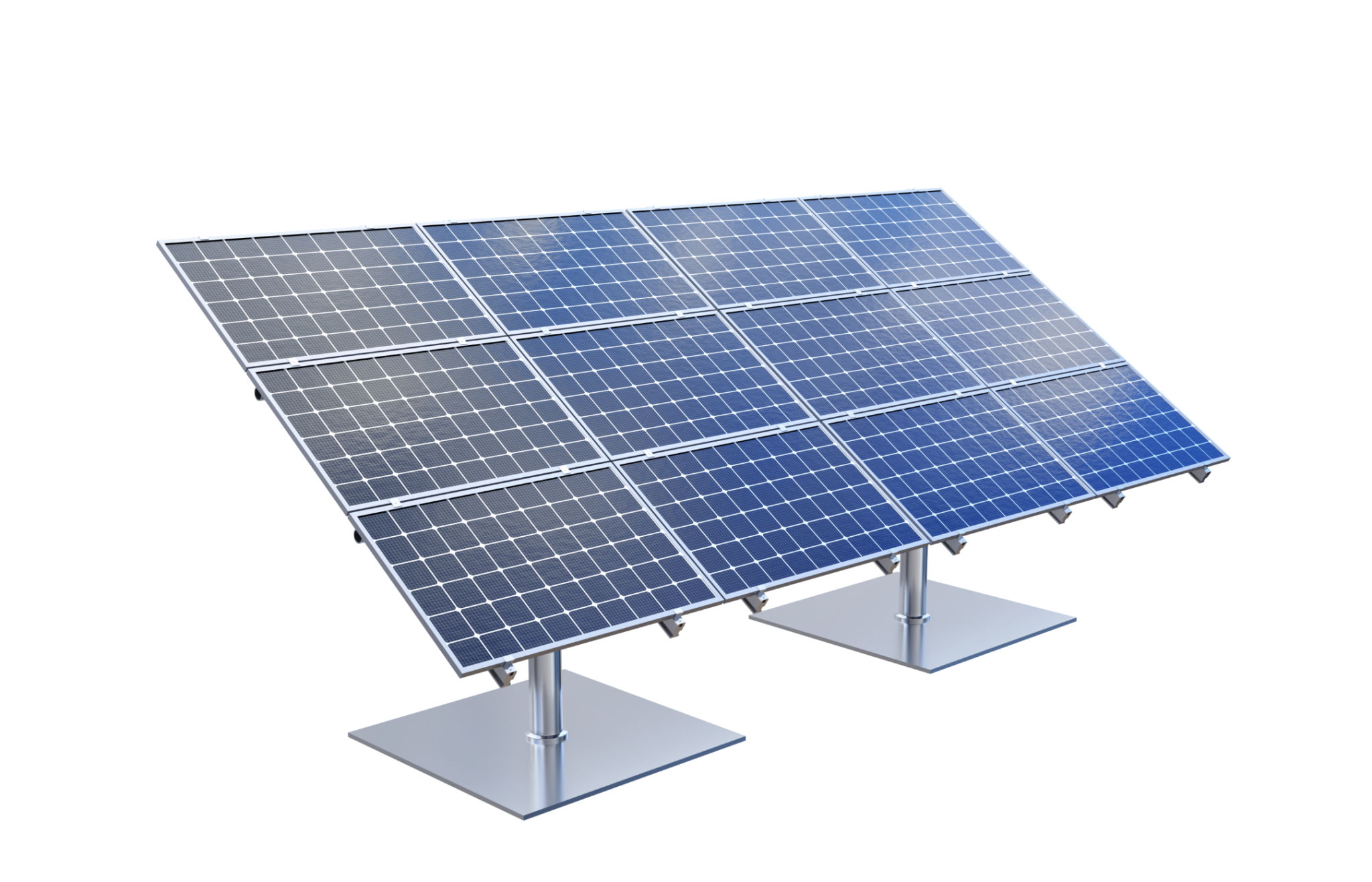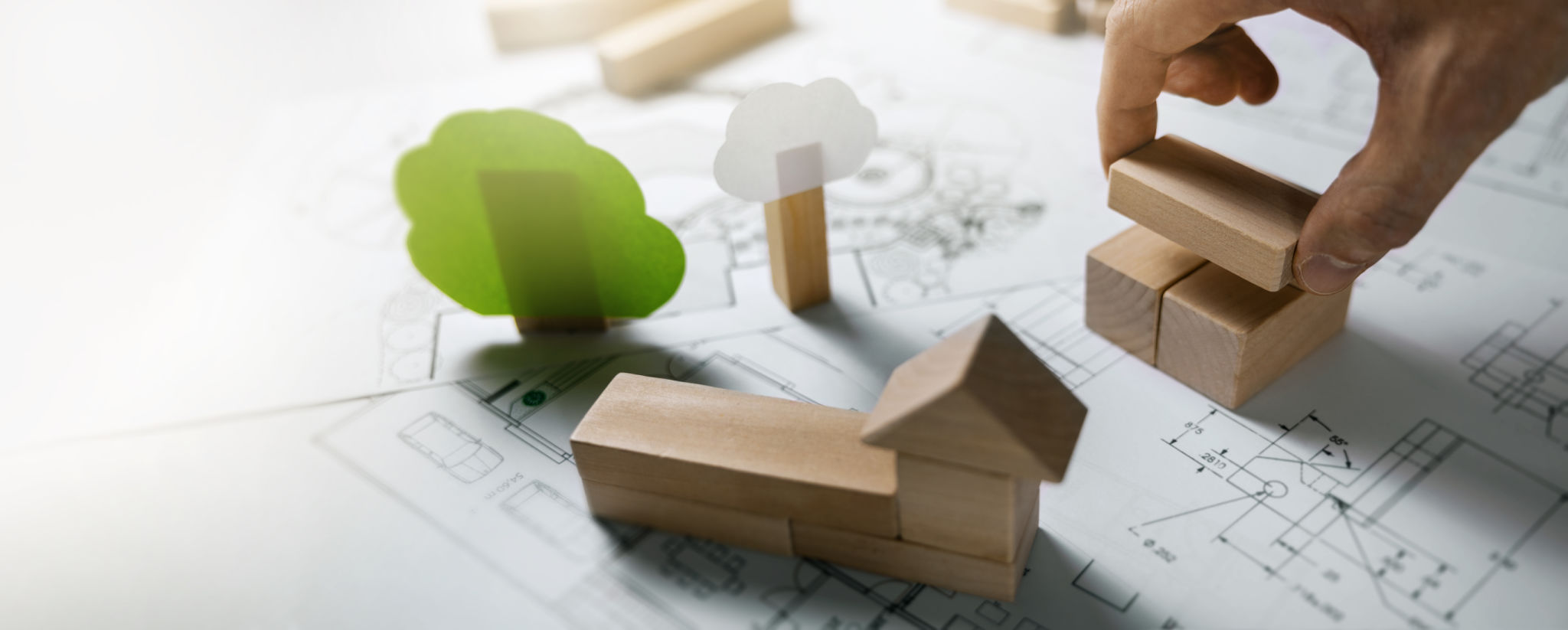Eco-Friendly Building Solutions in Cape Town: Top Tips for Sustainable Construction
Understanding Sustainable Construction
As the world grapples with the consequences of climate change, the demand for sustainable construction practices is on the rise, especially in vibrant cities like Cape Town. Adopting eco-friendly building solutions not only reduces the carbon footprint but also promotes a healthier living environment. Understanding the principles of sustainable construction is crucial to making informed decisions in building projects.

Sustainable construction involves using resources efficiently, minimizing waste, and selecting materials that have low environmental impact. It also means considering the entire lifecycle of a building, from design and construction to operation and eventual decommissioning. By focusing on these aspects, builders and homeowners can contribute significantly to environmental conservation.
Choosing Eco-Friendly Materials
One of the most critical steps in sustainable construction is selecting eco-friendly materials. These materials should be locally sourced, renewable, and recyclable. Some popular options include bamboo, reclaimed wood, and recycled metal. Using such materials not only reduces transportation emissions but also supports local economies.
Furthermore, opting for non-toxic paints and finishes is essential to ensure indoor air quality remains high. These products help in maintaining healthier living spaces by reducing the presence of volatile organic compounds (VOCs) which can cause various health issues.
Emphasizing Energy Efficiency
Energy efficiency is a cornerstone of sustainable construction. Implementing energy-efficient systems and technologies can drastically reduce a building's energy consumption. Consider installing solar panels, which are particularly effective in the sunny climate of Cape Town. Not only do they provide a renewable energy source, but they also offer long-term savings on electricity bills.

Additionally, using energy-efficient appliances and LED lighting can further decrease energy usage. Incorporating smart home technologies can optimize energy consumption by automatically adjusting heating, cooling, and lighting systems based on occupancy and time of day.
Water Conservation Practices
Water scarcity is a significant concern in Cape Town, making water conservation practices an integral part of sustainable construction. Implementing rainwater harvesting systems allows buildings to collect and store rainwater for non-potable uses such as irrigation and flushing toilets. This reduces the demand on municipal water supplies.
Low-flow fixtures and dual-flush toilets can also significantly reduce water usage without compromising performance. These simple yet effective solutions play a crucial role in conserving this precious resource.

Incorporating Green Spaces
Incorporating green spaces into building designs can enhance both environmental sustainability and occupant well-being. Green roofs and walls not only provide insulation, reducing heating and cooling needs, but also improve air quality and create habitats for urban wildlife.
Landscaping with native plants is another effective strategy. Native plants require less water and maintenance than non-native species, making them ideal for sustainable landscapes in Cape Town’s climate.
The Role of Building Orientation
The orientation of a building plays a crucial role in its energy efficiency. In Cape Town, aligning buildings to maximize natural light and ventilation can significantly reduce reliance on artificial lighting and climate control systems. Proper orientation can harness passive solar energy, keeping interiors warm during cooler months and cool during warmer months.

Strategically placing windows, shading devices, and thermal mass elements can optimize a building's thermal performance, further enhancing its sustainability.
